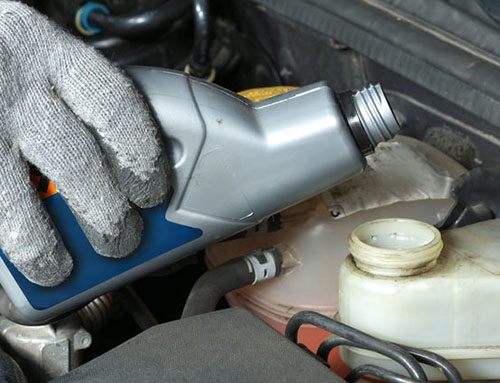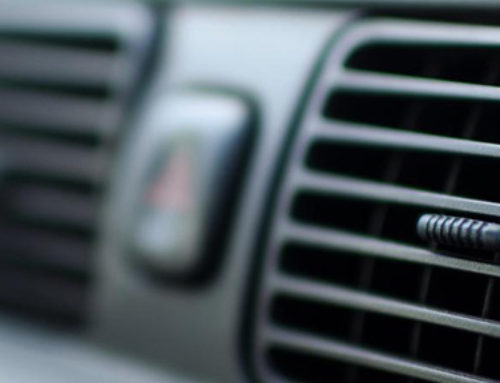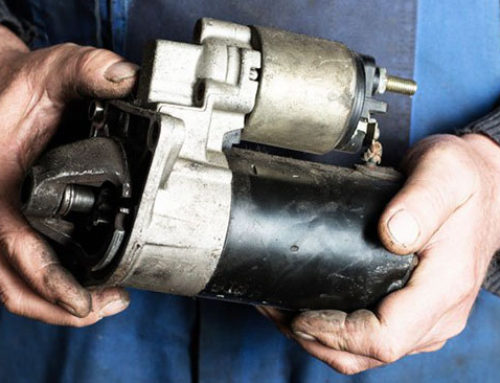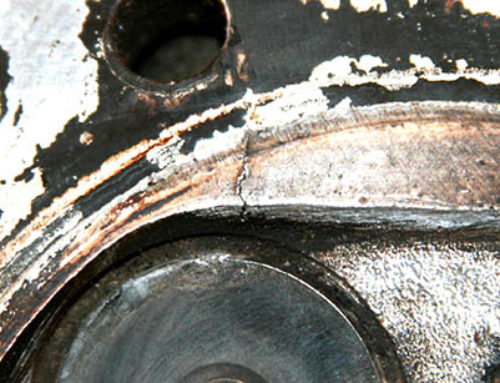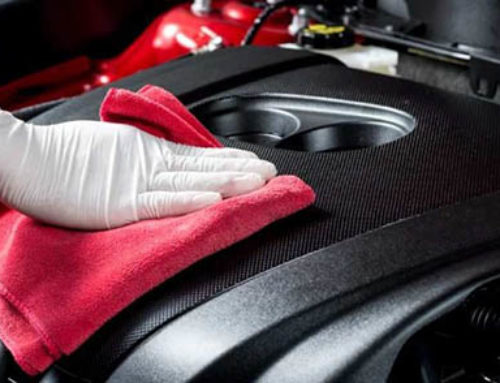Some people say that it never rains in Southern California – but most people know to never say never. While anything more than a light drizzle is extremely rare here in Pasadena, once in a while, we get a serious storm that proves the saying wrong. Rain on the roads can cause slippery roads, huge puddles, loss of visibility, and even sometimes flash floods. The rarity of these storms only makes it more important that you stay prepared, because realistically, many people in the area don’t. Want evidence? Just look at a traffic report or count the number of crashes you see next time rain falls. Because so many other drivers on our roads are unprepared for rainy weather and uninformed on how to drive in rain, it is even more important that you take extra steps to ensure your own safety.
First of all, you should make sure that your car is ready to handle the rain. Make sure that your tires have enough tread and your tire pressure is what it’s supposed to be to maximize traction. You should also periodically make sure that your windshield wipers are working well, leaving your windshield clean and not streaky. Finally, check that all of your headlights, tail lights, brake lights, and turn signals are working properly.
Modern vehicles usually have several types of technologies that act as driving aids – however, it is important to know what is or isn’t appropriate to use during rain. It is not recommended to use cruise control, especially adaptive cruise control or collision warning systems during rain, because wet weather may affect these systems’ sensors and cause malfunctions. On the other hand, traction control, stability control, and antilock braking can be very helpful in wet weather, and should be kept fully engaged. However, it is important to remember that they are there only as a backup or aid, and make the effort to drive carefully enough not to engage them.
The most common effect of rain on our roads is that traction is greatly reduced. In simpler terms, rain will make the road much more slippery, not only due to wetness but also due to oils and other fluids in the asphalt rising to the surface, in extreme cases even creating visible oil slicks in the road. In fact, the beginning of a rainstorm is often the most dangerous time to drive because of this. What can you do to make up for your decreased traction?
DRIVE SLOWER. Driving more slowly is the single most important thing that you can do to decrease risk of losing control on wet roads. By driving more slowly, your take some of the stress away from your tires, making it less likely that they will exceed their limits of traction – and in the case that they do, you will have more time to react and regain control before ending up crumpled against a wall or another car. How much you need to slow down depends on the situation, but always err on the side of caution. Remember that the speed limit is just that – a limit, and that even if you’re driving under the speed limit you can still get a ticket if you’re driving unsafely fast for the current road conditions.
Another defensive driving tactic you should employ is to put more distance between yourself and other drivers. During rain, you should increase your following distance to even more than normal, and be extra careful not to drive directly next to other cars. This way, if the car in front of you suddenly swerves or stops, you have more time to react, and the lanes next to you will be free for you to use and steer around the obstacle if you can’t stop in time.
The second major common effect of rain is reduced visibility. In addition to driving slower, another thing you can do to help other drivers see you more easily is turn your headlights on. In fact, in many states including California, you are legally required to have your headlights on during rain – even at noon, and even if you can see fine. Remember, “wipers on, headlights on – it’s the law”.
Finally, there is the most terrifying part of wet-weather driving: hydroplaning. Hydroplaning is the term for when your tires lose contact with the pavement, instead gliding along the top of a layer of water, which can lead to a temporary complete loss of control. In this situation, you should gently take your foot off of the gas so that your car slows down enough to get back in contact with the road, and keep your steering wheel straight so that your car does not swerve abruptly when you regain traction. If you start to slide, the best general advice is to continue to look and steer where you want to go, which can sometimes go against your instincts.
Rain may be rare in Southern California, but it is important to know how to handle it. Always be ready for a rainy day, rather than stuck in a storm without the proper safety preparations. From your Certified Auto Repair Specialists here in Pasadena, we hope that you stay safe, stay dry, and stay on the road!



